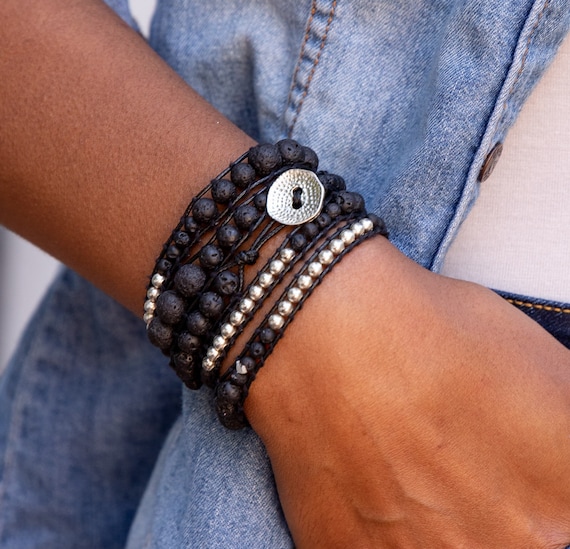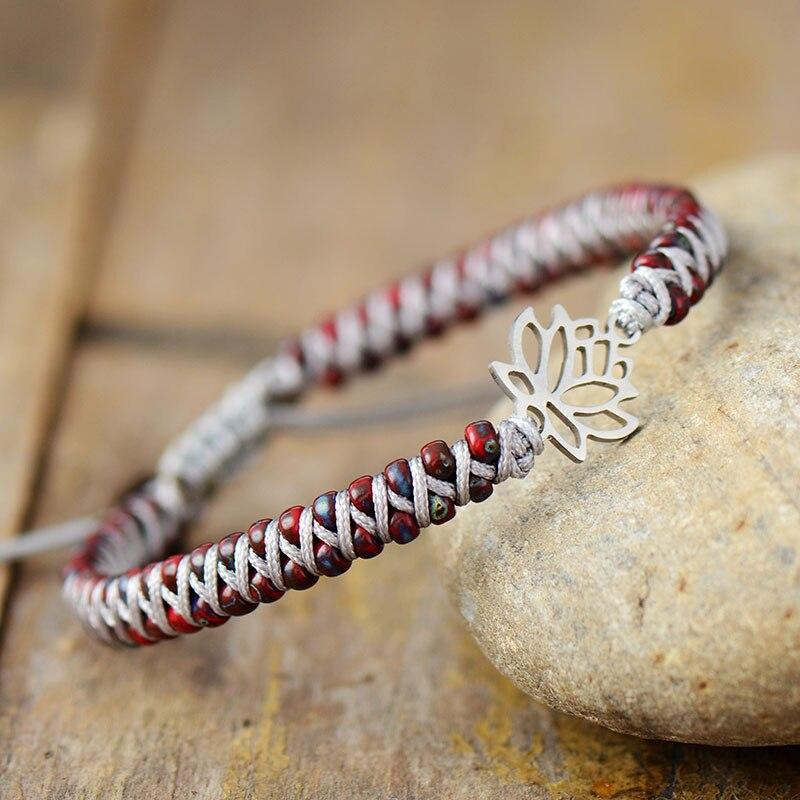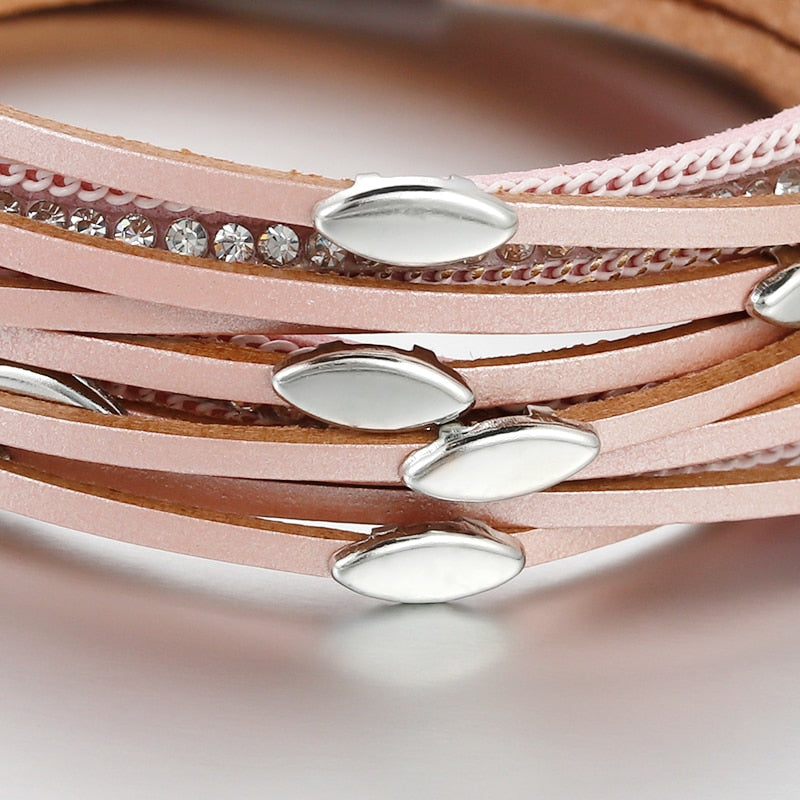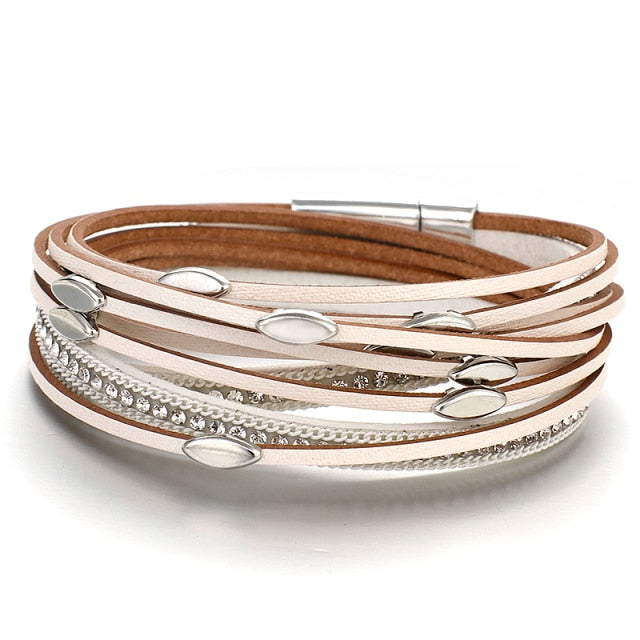
Exclusive Women Wrap Bracelets Natural Stone Rhinestone 3 Layers Leather Cuff Bracelet Femme Bracelets Gifts Dropship - Bracelets - AliExpress

1 pc Boho Circle Leather Rope Bracelets For Women Vintage Mint Green Color Crossed Chain Bracelet Stackable Wrap Charm Wristband Jewelry Femme | SHEIN USA

Top Quality Women Bracelets Natural Opal Stone Rhinestone 3 Rows Leather Wrap Bracelet Fancy Femme Boho Bracelets Dropship - AliExpress

Exclusive Wrap Bracelets with Natural Stones Lapis Lazuli Leather Strap Woven Beads Bracelets Jewelry Femme Dropshipping - AliExpress

Amazon.com: LCCDSD Boho Bracelets Beaded Leather Wrap Bracelet W/Mix Stones Weaving Statement Boho Bracelet Femme Femme Jewelry TIK Tok Beaded : Clothing, Shoes & Jewelry

Wholesale Multi-layer Leather Wrap Bracelets Rhodonite Femme Bohemian Jewelry Hand-woven Bracelet From m.alibaba.com
















